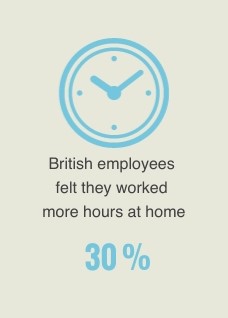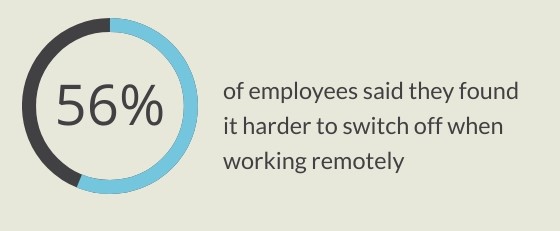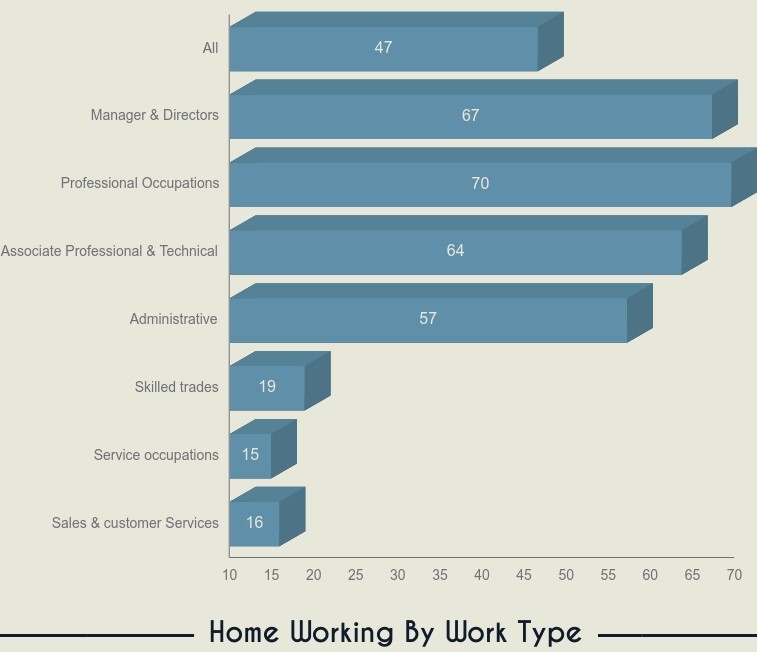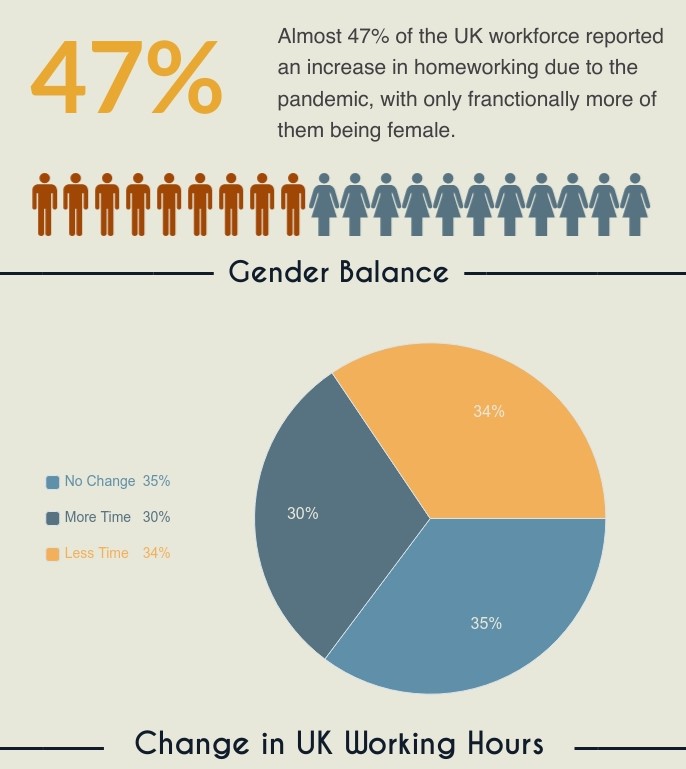How to Make Business Transformation Easy
These last few years have moved most of us from structured transformation planning into crisis management; but for many, this looks to have made change easier.
Before 2020, moving a to a predominantly home working model, especially in larger public sector organisations would have taken years, a specialist team of expensive consultants and a will of steel.
So, what really changed to enable so many organisations of such varied disciplines across the globe to successfully manage & execute a multiyear transformation project in 6 months?
Could it really be as simple as knowing collectively that we did not have a choice?
It is well recognised that strong engagement, agreed objectives and careful stakeholder management are the mainstays of any successful transformation delivery and if we needed any more evidence to support this, it looks like we now have it.
Short term, this mass engagement has worked incredibly well – it has narrowed the organisational focus sufficiently to deliver on point and on time. Scope creep simply has not been an issue.
Whilst this at first glance may look like a vote for reactivity over planning, the irony is that many of the businesses that have reacted best to this dramatic environmental change, have likely been planning it for years.(strategy& business, 2020)
As PWC highlighted in their article on How to succeed in uncertain times: resilience and crisis response planning means that “Leaders can move swiftly and proactively to alter their course and chart a new one — and capitalize on dislocations in the market.” (Strategy & Business, 2020)
This is particularly interesting when you look at how many companies appear to have been poised for this opportunity when they could not possibly have seen it coming, hence maybe why some businesses are hanging on by their fingernails, while others are thriving.
However, it isn’t necessarily their ability to dive into a successful transformation at the drop of a hat that we should be applauding, but rather the fact that they had the foresight to embed structured contingency planning that would enable them to shift and adapt to new environments should they arise.
That said, it’s still a difficult balance to strike.
Under normal circumstances we would workshop ideas, define our objectives and divide responsibilities and timed deliverables between inhouse teams, we’d replan in response to risks and adjust timelines to fit in with aligned projects but this global need to abruptly evolve into a new normal has demonstrated the art of the possible.
The speed of change that many organisations have been able to enact has been nothing short of miraculous and it highlights the need to not only redress the balance between excessive planning and action but also to focus on planning the right things.
Making Transformation Sustainable
Despite a relatively uniform ability to cope with the changes in working structures, how much of this is down to robust systems, processes and infrastructure and how much is reliant on the good will of employees, remains to be seen.

“In a study by the Royal Society of Public Health 56% of employees said they found it harder to switch off when working remotely. And a survey by the Chartered Institute of Personnel Development found that 30% of British employees felt they worked more hours at home. (Economist,2021)
“Ricardo Semler, CEO of Brazilian manufacturing company Semco, often says, “People have learned to work on Sunday evening, but haven’t learned to go to the movies on Tuesday afternoon.” For many, working through the pandemic has erased the boundaries between home and office. It’s easier than ever to be always on — and to feel guilty about claiming personal time. COVID-19 has shown that life can be unexpectedly cut short and yet has exacerbated the burnout problem that already existed.” (McKinsey, 2021)
This same article noted that “For those in the workforce wondering when 2020’s pace of work might relent, here’s one encouraging sign: Nair says, “This speed is unsustainable.”
Data Driven Transformation
ONS UK data
Despite these rather damning reports, the office of national statistics (ONS) reports in their quarterly LMS survey of around 18,000 households (July 2020) – what appears to be a far more measured view of the UK workforce reporting relatively equal proportions of changes in time worked, a not unexpected distribution of homeworking by job type and quite a balanced gender split.


Although this data in itself if a little too high level to be overly conclusive, it might suggest that since our reactions have been overall less dramatic, they may in-fact have less impact as we settle into our new normality and consequently be more sustainable.
Transforming Organisational Culture
As good will wains and people struggle to design a life with clearer boundaries it will be down to individual organisations to support their workforce in way that can mitigate for what has been lost in the transition. This is not only crucial from a productivity and workforce retention perspective but also from that of organisational culture.
In psychology, self-determination is an important concept that refers to each person’s ability to make choices and manage their own life. Self-determination allows people to feel that they have control over their choices and lives. It also has an impact on motivation—people feel more motivated to take action when they feel that what they do will have an effect on the outcome. (very well mind, 2020)
An isolated workforce could disengage from the organisational culture over time without careful planning and investment and it is not an aspect of this transformation that should be taken likely, especially as it does look like a large proportion of the reactionary changes that we have needed to make are going to be here to stay and they may in fact just be the start.
In a recent Economist article it was noted that according to a McKinsey report “20-25% of workers in the rich world could work from home three to five days a week. That is four times more people working remotely than before the pandemic.”

The question now is how retrospective planning for sustainability of these changes will look and furthermore, how this integrates with a comprehensive exploration of the pandoras box of possibilities that has emerged from the experience so far.
Transforming where we work sounds relatively simple and, on the surface, rather linear but longer term this will undoubtedly change how organisations view investment in the aligned infrastructure, placing more importance perhaps on co-ordinated digital solutions, less on centralised work environments with lower overheads and potentially concluding with a totally new way of looking at how we bring the necessary skills into the virtual workplace.
“Make the highest, best use of everyone’s time. This is a phrase I heard frequently from Russ Eisenstat when he led the Center for Higher Ambition Leadership. He used this concept as a guide for effectively aligning people with tasks. What would your organization be like if everyone felt they were working at their peak in terms of creating not just corporate value but also personal and professional growth? How would it be if everyone were that deeply engaged?” (PWC, 2020)
The workforce it seems could and perhaps should, become less about buying people’s time and more about incentivising value.
What’s next for the transformed workplace?
Barriers are being lifted and as PWC put in their article on the next best workplace –
“A forced period of trial and error has opened people’s minds to new practices. COVID-19 has handed executives in legacy organizations the closest thing they’ll ever get to a blank sheet of paper for rewriting workplace norms and expectations. Everyone is now ready for a wave of change — but visions of what the “best next” looks like vary widely.”

Sparkling opportunities aside, it’s not all sunshine and roses as transformation is inherently an iterative process which might not be that easy to manage with a fully remote workforce.
Large scale engagement was a key factor in enabling the substantive change that we experienced during 2020 but sustaining that in a way that can move an organisation past survival and into growth with take deliberate and focused effort.
Perhaps more importantly these efforts must be targeted on all the right things in order to strike that perfect balance between a beautifully designed and brilliantly executed plan and the sustained actions of a cohesive, engaged and motivated workforce.
Transformation will never be easy, but it could turn out to be a lot easier than we think.
